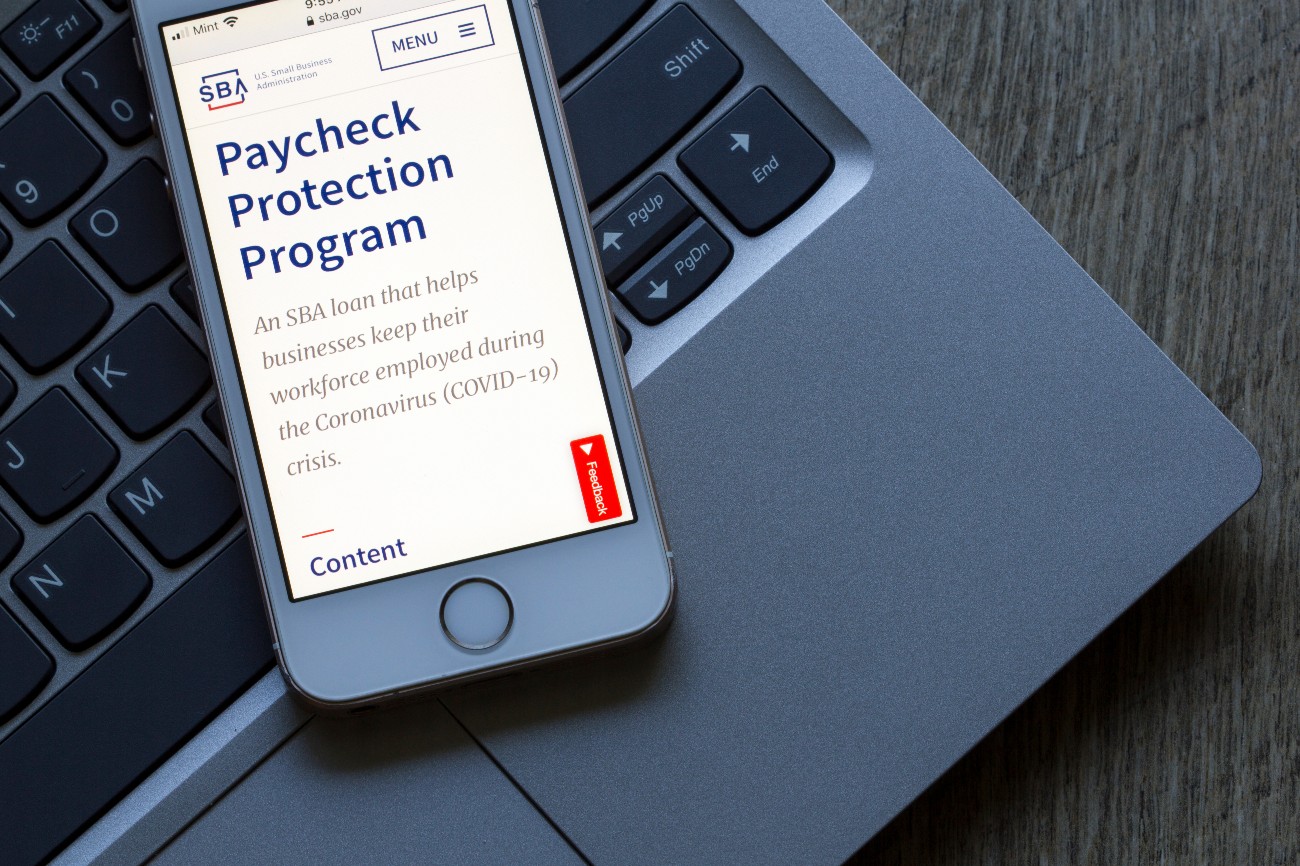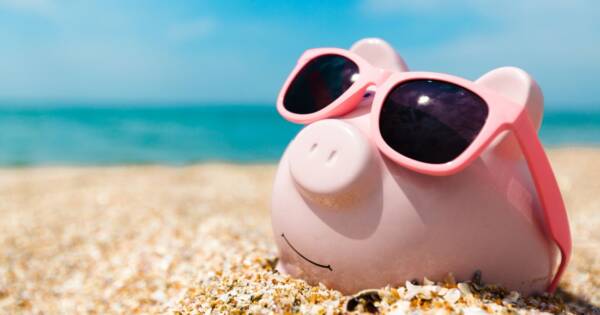There’s finally some good news for small business owners in the U.S. Due to a major economic downturn that has forced nearly 10,000 businesses to close, the government has implemented the Paycheck Protection Program (PPP).¹ While the deadline to apply for this loan has been extended, there are some important things to know. What exactly is the PPP loan? And who qualifies to apply for it? A search online can answer these commonly asked questions.
If you’re a struggling business owner, the PPP loan may be able to help. You can start an online search to discover the ways PPP loans are saving small businesses.
 Tada Images / Shutterstock
Tada Images / ShutterstockHere’s what you need to know about PPP loans and its deadline extension.
How Does the PPP Loan Work?
The Paycheck Protection Program was put in place to save businesses from closing down and letting go of employees in 2020. The original deadline to apply was March 31, but it has since been extended to May 31, 2021 by President Biden.²
This is great for entrepreneurs who still haven’t taken advantage of the program. The loan gives struggling small businesses a loan to fund what’s necessary to stay in operation.³ This includes:
- Payroll costs;
- Benefits;
- Mortgage interest;
- Rent;
- Utilities, and;
- Supplier costs and expenses;
These loans must be paid back within five years and come with a one percent interest rate.⁴ But the U.S. Small Business Administration (SBA) does forgive loans, as long as the money is used towards eligible expenses and all employee retention criteria are met.
First-time borrowers can receive 2.5 times their average monthly payroll costs, at a maximum of $10 million.⁵ Second-time PPP borrowers can also receive 2.5 times their average monthly payroll costs, but at a maximum of $2 million. The government is allowing accommodation and food service industries to borrow up to 3.5 times their average monthly payroll costs.
Do Self-Employed Individuals Qualify?
If you’re a self-employed individual or contractor, you can take advantage of the Paycheck Protection Program. Both sole proprietors with and without payroll costs qualify for the PPP loan.
If you’re a sole proprietor without payroll costs, then your PPP loan amount is calculated based on your gross income. Your PPP loan amount will be your gross income, up to a maximum of $100,000, divided by 12 and multiplied by 2.5.⁶
For sole proprietors with payroll cost, there are some additional steps. You can find out more by searching online.
Who Qualifies for the PPP Loan?
Whether you’re a self-employed individual or business owner, there are some important qualifications everyone must meet in order to receive a PPP loan.
It’s important to understand exactly what type of businesses qualify for a PPP loan. According to the SBA, the following entities are eligible for a PPP loan:
- Sole proprietors, independent contractors, and self-employed persons.
- Any small business concern that meets SBA’s size standards.
- Any business, non-profit organization, veterans organization, or tribal business concern with the greater of:
- 500 employees, or;
- That meets the SBA industry size standard of more than 500.
- Any business with NAICS code that begins with 72 that has more than one physical location and employs less than 500 per location.
If you already received a PPP loan, you could be eligible for a Second Draw PPP loan. The qualifications and application process are the same, except the loan is capped at a maximum of $2 million.
Search Online to Apply for the PPP Loan
Applying and receiving a Paycheck Protection Loan is a relatively straightforward process. As long as you meet the criteria, you are eligible to apply.
You can find a lender through Lender Match. It can connect you to potential lenders offering SBA-backed funding.⁷ All you have to do is answer some questions about your businesses and in two days, you will receive an email with the contact information of lenders interested in your loan.
You will then be able to talk with lenders and compare various rates before officially submitting loan applications and paperwork. During the process, lenders may be interested in certain information when determining whether or not to offer a loan. This might include:
- Business plan;
- Amount and use of funds;
- Credit history;
- Financial projections;
- Collateral, or;
- Industry experience.
Make sure to have this information handy in case a lender asks for it. And don’t forget, the deadline to apply for a PPP loan is May 31, 2021. Search online to learn more about this loan and to get started with your application.


